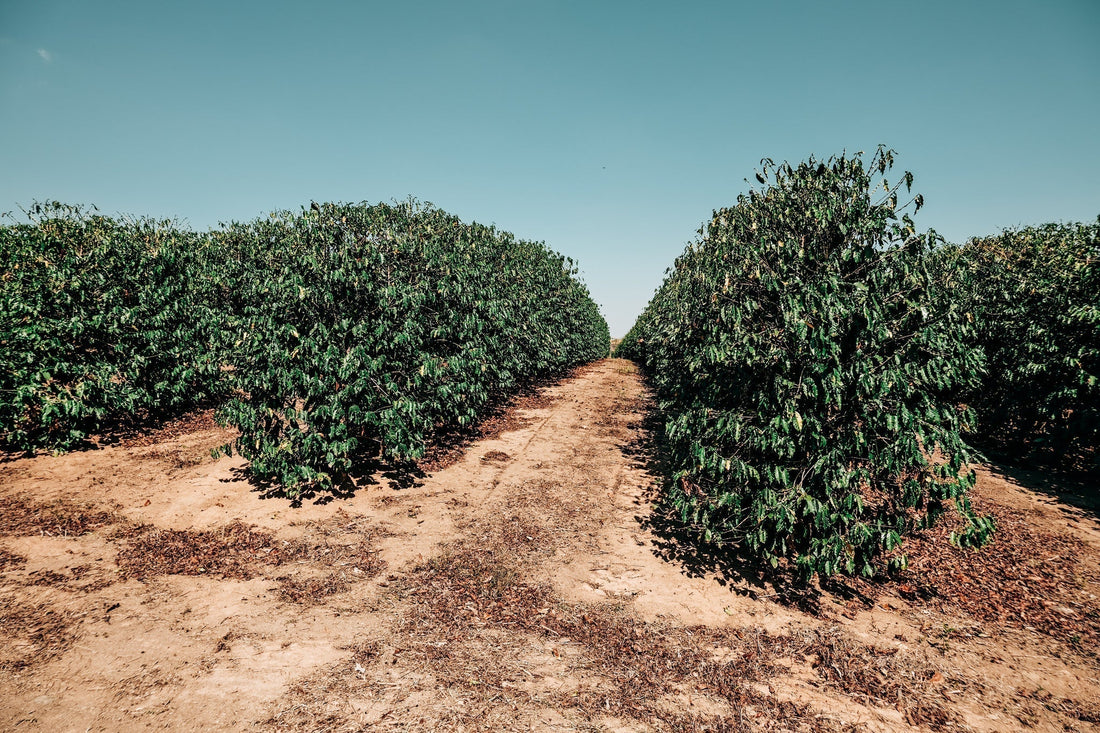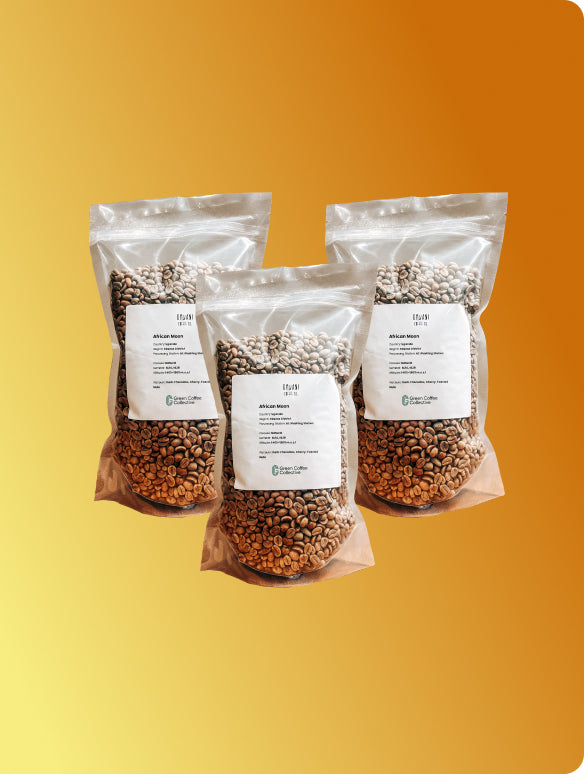The way coffee is grown has a direct impact on the quality in the cup, the livelihoods of farmers, and the long-term health of the land. For decades, large-scale monoculture farming has shaped much of the world’s coffee supply. But as climate pressures mount and market volatility continues, more farmers are turning to intercropping and diversification as a way to protect both their crops and their income.
Monoculture’s limits
Traditionally, commercial coffee has been grown on monoculture plantations. These can still be found in parts of the speciality sector, where the focus is on producing larger volumes. While monocultures can increase yields in the short term, they often come with drawbacks - lower quality potential, reduced biodiversity, and higher vulnerability to pests and diseases.
For the farmers relying solely on these systems, the risks are compounded by economic realities. Forty-four percent of the world’s coffee farmers live in poverty, and 22% in extreme poverty. In this context, a pest outbreak, extreme weather event, or sudden drop in coffee prices can devastate a household’s only source of income.
Diversification as a buffer
Crop diversification is one way producers are addressing these challenges. The approach focuses on growing different crops that don’t compete for the same nutrients and resources as coffee. It can include intercropping, cover cropping, and crop rotation - all aimed at supporting local ecosystems while creating more stable and varied income streams.
When coffee prices fall or yields are hit by unpredictable weather, other crops can help bridge the income gap. At its core, diversification recognises that a farmer’s land is an asset, and making the most of it often means looking beyond a single crop.
Intercropping in practice
Intercropping involves planting coffee alongside other crops in close proximity. Done well, it brings multiple benefits: better use of water, light, and nutrients; shade cover that reduces heat, wind, and frost damage; and improved soil health over time. Increased biodiversity can help protect against pests and diseases without relying solely on chemical controls.
These systems can also contribute to climate resilience. The presence of trees and other plants creates habitats that support wildlife, regulate local weather patterns, and conserve water by reducing runoff. In turn, this enhances the overall stability of the farm.
Rotation and seasonal planning
Crop rotation - growing different crops in different seasons - is another important tool. It helps farmers keep cash flowing throughout the year rather than relying solely on the coffee harvest. This consistent income can be the difference between a household staying afloat or falling into debt when a coffee harvest fails
Climate pressure and regional differences
The need for change is particularly acute in some producing countries. In Brazil, for example, much coffee is grown in full sun, leaving plants more exposed to climate stress. Studies suggest that in key producing states such as Minas Gerais and São Paulo, the land suitable for coffee could fall to just 20–25% by 2050. Shifting towards systems that integrate other crops and shade cover is seen as a crucial step for maintaining production.
In contrast, agroforestry systems in parts of southwest Ethiopia already incorporate high plant species diversity. Here, diversification strengthens rural food and nutrition security and reduces the impact of coffee price fluctuations on local economies by providing both subsistence crops and products that can be sold.
No single formula
There is no universal template for diversification. Each coffee-growing region has its own climate, market conditions, and cultural practices, so the right mix of crops will differ. What’s clear is that integrated systems combining coffee with other crops can improve farmers’ ability to adapt to price fluctuations, climate variability, and the ongoing threat of pests and diseases.
Looking forward
The choice between monoculture and diversification is more than just a farming decision - it’s a question of resilience. As climate change intensifies and market conditions remain uncertain, diversified systems offer farmers a way to protect their livelihoods, sustain their land, and keep producing coffee in the years to come.

